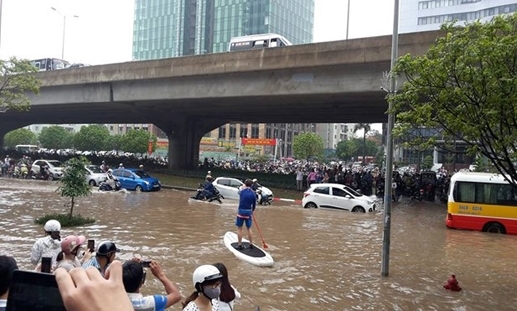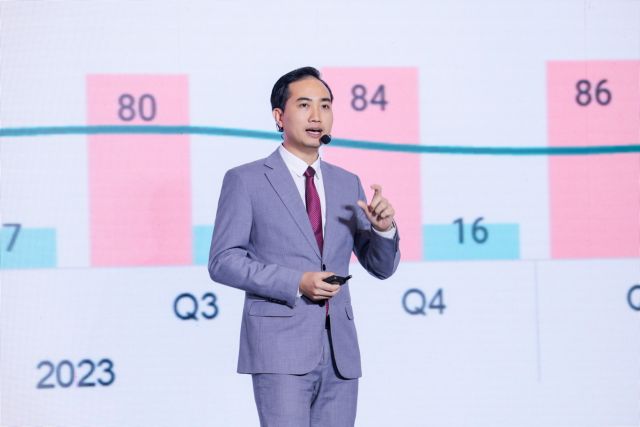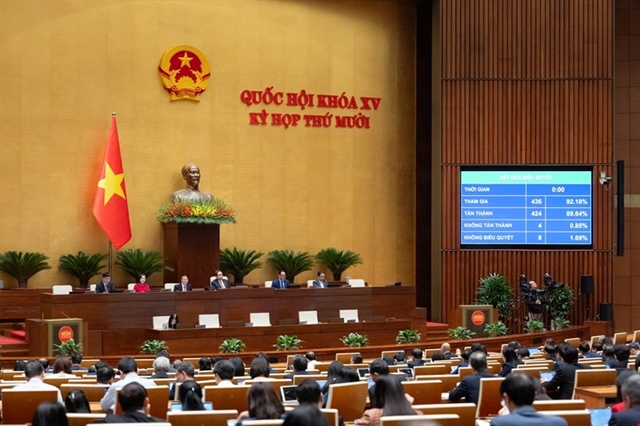 Society
Society

Experts from Japan, Taiwan, Malaysia and Việt Nam have concluded that the capital needs a modern sewage system for flooding prevention.
 |
| Experts from Japan, Taiwan, Malaysia and Việt Nam have concluded that the capital needs a modern sewage system for flooding prevention. — Photo daidoanket.vn |
HÀ NỘI — Experts from Japan, Taiwan, Malaysia and Việt Nam have concluded that the capital needs a modern sewage system for flooding prevention.
The idea was raised at a conference held Sunday in Hà Nội, chaired by the head of the Hà Nội People’s Committee, Nguyễn Đức Chung.
Four main measures were discussed for flood prevention: a modern warning system, reservoirs to contain rain water, improving the sewage system and setting a task force to operate the sewage system.
The experts suggested building underground reservoirs for rain water in football grounds, parking lots, school and hospital grounds. Smaller reservoirs could be built under pavements.
The reservoir system could contain about 30 per cent of the rain water, which would flow into sewage, rivers and lakes.
Several Japanese experts proposed mobile pumping vehicles to pump rain water in urgent cases.
The capital city also needed a warning system to monitor the path of typhoons, the experts said.
The experts also proposed to set up a steering committee tasked with flood prevention.
Chairman Nguyễn Đức Chung expressed appreciation of the experts’ proposals and promised to convey them to relevant ministries for further research.
Analysing the reasons for flooding, the experts said Hà Nội lacked good pumping stations and reservoires to contain the rain water.
Since 1991, a number of spots in the city have sunk 4cms per year due to changes in underground water, affecting the underground drainage system.
Professor Hong Yuan Lee of Taiwan University told the Kinh tế đô thị (Economics and Urban) newspaper that immigration had increased Hà Nội’s population generating demand for housing, roads and other infrastructure.
In the rainy season, water had nowhere to flow on the concrete roads and also backs up the small and old sewage system, resulting in flooding, he explained. — VNS




